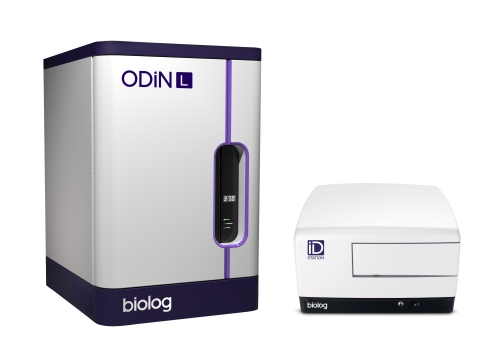
Microbial Identification Systems
Biolog’s Systems can identify a wide range of environmental and pathogenic organisms across diverse fields of microbiology. Nearly 3,000 species of bacteria, yeast and filamentous fungi can be identified by using Biolog’s identification microplates (GEN III, AN, YT, or FF) and database. Some bacteria can be identified in as little as 1 hour. Just prepare a cell suspension and inoculate the appropriate microplates.
Biolog’s patented redox chemistry makes use of different carbon compounds including sugars, carboxylic acids, amino acids, and peptides to provide an unparalleled wealth of discriminating biochemical characterizations. This diverse set of tests enables our systems to identify microorganisms that other methods misidentify or fail to identify.